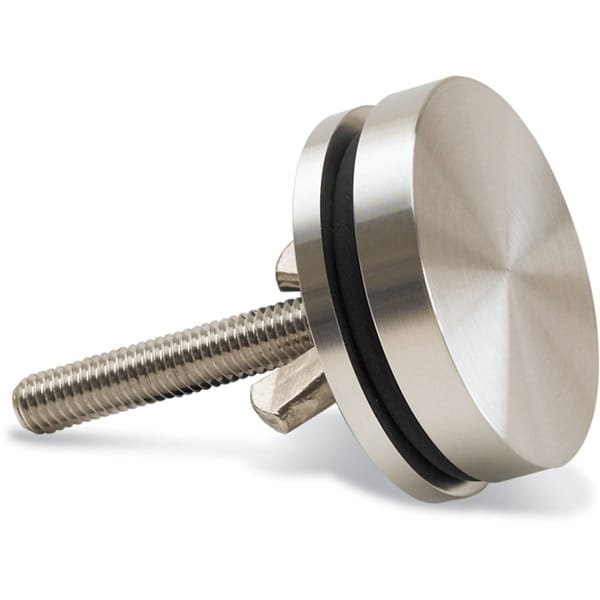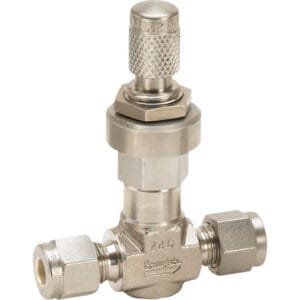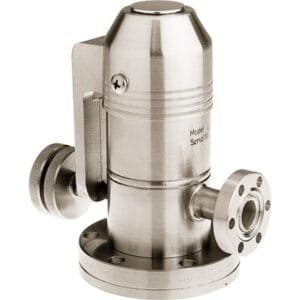Baseplate NPT Couplings & Plugs Overview
Baseplate NPT couplings and plugs are designed for use with vacuum chamber walls ranging from 1/4″ to 1-1/4″ in thickness. These components are essential for securely connecting tubes to vacuum chambers or blanking off unused ports.
Key Features:
- Material Options: Baseplate NPT couplings are available in stainless steel, while baseplate plugs come in stainless steel, brass, or aluminum.
- Coupling Installation: Baseplate NPT couplings are mounted into a baseplate port with an O-ring inside the chamber for sealing. Tubes can be connected via a compression O-ring or a female NPT fitting, ensuring a leak-tight interface.
- Plug Design: Baseplate plugs use an O-ring seated on the inside finished surface of the chamber’s feedthrough port or hole. The plug is tightened and sealed with a wing nut on the atmosphere side, providing a reliable blanking option for unused ports.





Reviews
There are no reviews yet.